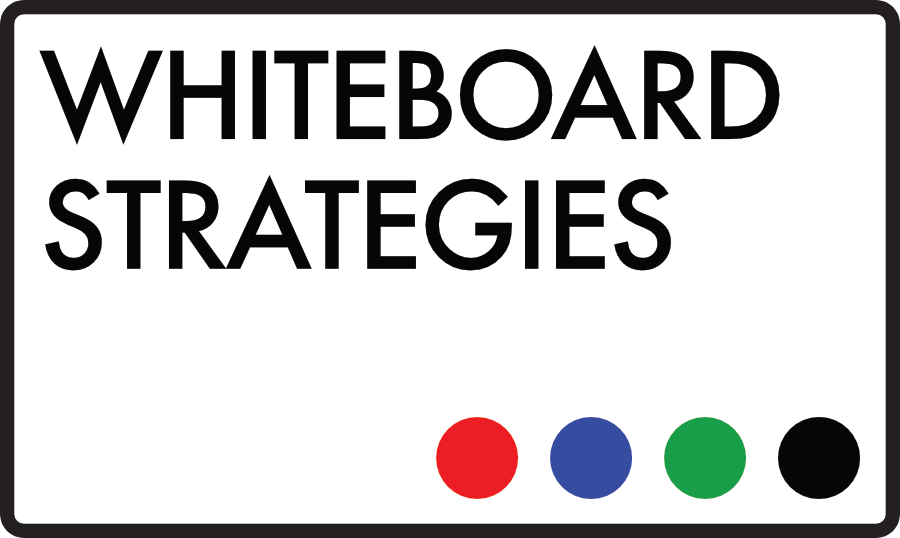After-sales surveys are thought of as an invaluable part of the sales process by most large-scale B2B sales organisations. They’re at the heart of after-sales service, gauging buyer satisfaction and helping your people with deal and process reviews.
They provide valuable insight into where and how the customer found you, why they bought from you over your competitors, how well the sales process went, what they’re happy about with the purchase, whether they will continue to buy from you and more.
Great stuff. Right?
Well…
If we’ve learned anything from the recent leaps forward in behavioural economics it’s that people don’t really know why they make decisions.
Surveys can only tell you what people think they feel about something, and the reasons why they think they made certain decisions.
As advertising legend and Executive Creative Director at OgilvyOne Rory Sutherland said in a ResearchLive interview, “The conscious rational brain isn’t the Oval Office; it isn’t there making executive decisions in our minds. It’s actually the press office issuing explanations for actions we’ve already taken“. The client’s conscious mind is Sean Spicer. That’s who you’re asking to provide reasoned, valuable insight.
As the decision maker gets closer to the point of decision, factors that simply don’t factor in conventional market or post-sales research come into play.
For B2C transactions those factors are more explicit – the placement and volume of a product on a shelf relative to competitors, how it’s displayed in a shop, the proximity of one shop over another to the buyer’s home or place of work and so on.
Rory Sutherland again – “If there happens to be a Starbucks on the way to work you will end up going to that more than Costa Coffee, and as a result of that action and in order to make sense of that action, you’ll decide to like Starbucks. And when a market researcher comes up and asks what is your preferred coffee chain, you’ll say Starbucks. But in effect, your preference is a product of your behaviour and not the origin of it“.
The same subconscious biases, heuristics and emotions are at play with B2B sales. The decision is made emotionally – perhaps as the result of a personal connection, brand loyalty or a visually aided presentation and narrative designed to leverage those subconscious buying behaviours – and rationalised after the fact.
Which makes a lot of post-sales surveys a complete waste of time. People won’t be able to explain satisfactorily why they made a given decision, because evidence from both behavioural science and neuroscience suggest that we form opinions as a result of our decisions, not vice versa.
Of course, as the field develops control-based tests and experimentation will give us greater ways of investigating, understanding and gaining insight into exactly what those buying triggers are and how they can be leveraged.
Until then we’ll just have to keep asking people meaningless questions that they only think they know the answers to, right?
Right.
Want more free sales insight direct to your inbox every month? Use the newsletter sign up form in the footer of this page, and don’t forget to connect with Mark on LinkedIn to talk sales, training, visual comms and more.
– Tom @WSL

Recent Comments